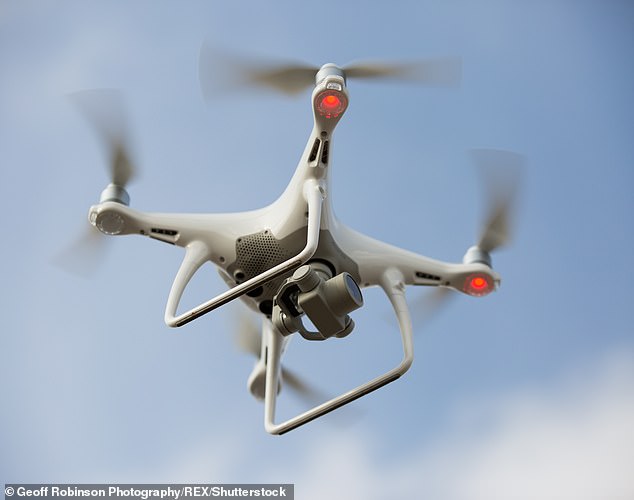
The UK’s DailyMail.com reports that drone maker Draganfly is collaborating with the University of South Australia (UniSA) to design an unmanned aerial vehicle (UAV) which can monitor and detect people with infectious conditions, so as to limit the spread of coronavirus in covid-19 hotspots.
The drone will be fitted with technology to spot and detect people with infectious respiratory conditions as well as their temperature and heart rate. This system uses sensors and computer vision to monitor the public’s physical vitals. The craft will also be able to spot people sneezing and coughing in crowds, offices, airports, cruise ships, elderly care homes and other places where groups of people may work or congregate by employing special algorithms. Its designers hope to deploy the drone in six months to hotspots where “the most amount of detection is currently required.”
Researchers involved say the drone demonstrated that heart rate and breathing can be measured with high accuracy within 16’ to 32’ of people, while using fixed cameras up to distances of 165’. The UniSA team led by Defence Chair of Sensor Systems Professor, Javaan Chahl, believes the UAV could be a viable screening tool for the covid-19 pandemic.
He explained, “It might not detect all cases, but it could be a reliable tool to expose the presence of the disease in a place or in a group of people.”
Chahl says the technology was originally envisaged for war zones and natural disasters as well as remotely monitoring heart rates of premature babies in incubators. “Now, shockingly, we see a need for its use immediately, to help save lives in the biggest health catastrophe the world has experienced in the past 100 years.”
Draganfly CEO, Cameron Chell, says his company will use its sensor, software and engineering expertise to work with UniSA to integrate and deploy for government, medical and commercial customers.
“We are honored to work on such an important project given the current pandemic facing the world,” comments Chell. “Health and respiratory monitoring will be vital not only for detection but also to understand health trends.”
For more information

